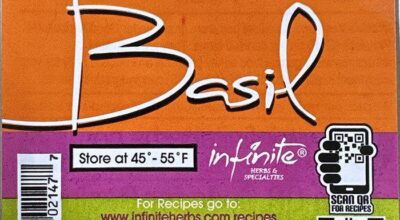Water management for home gardens
Published 12:42 pm Wednesday, July 3, 2019
Soil moisture is critical for seed germination, transplant establishment and proper plant development. Due to different rooting patterns, there are differences in the ability of warm and cool-season crops to tolerate low soil moisture or extended periods of drought. Cool-season crops often have shallow root systems that do not handle the stress of water deficiency well.
Warm-season crops often have deeper tap roots and are better able to survive under low water conditions. Regardless of the plant type, yield and often crop quality will be reduced if water is not consistently available throughout the growth season.
General estimated water needs for garden crops are 1 to 1.5 inches per week. If rainfall does not reach these levels, then supplemental watering is needed. In Tennessee, late summer and early fall are often the lowest rainfall times of year. Many crops are setting fruit and filling fruit or germinating (fall cool season crops) during this time, so irrigation is often needed to optimize crop productivity.
One of the most common methods of watering home gardens is overhead. This can be accomplished by carrying water and delivering it by hand or by using a water hose. Other overhead methods are using sprinkler systems commonly used to water lawns. Benefits of sprinklers include their relative cost efficiency and ease of use. They can be connected to water hose and moved to different areas of the garden as needed. Drawbacks include non-uniform water delivery and the fact that water is always applied to the leaves. Care must be taken to allow the leaves to dry before nightfall when using overhead irrigation or there is an increased risk of disease. Finally, overhead irrigation often results in more water use because all crop rows and walkways are irrigated and water evaporates from both soil and leaf surfaces.
The other common method of providing water to gardens is drip irrigation. One easy method of drip irrigation is the use of soaker hoses. These hoses are readily available and can be an easy and more efficient method of watering than overhead irrigation. A drawback is that hundreds of feet of soaker hose can be expensive for large gardens or the gardener must move hoses to water different areas of the garden. Another limitation is that soaker hoses do not always deliver water evenly along their length.
Another method for garden irrigation is trickle or drip tapes. Simple drip irrigation systems can be relatively economical and work quite well for the home gardener. Leaf surfaces remain dry, water is conserved by being placed directly where it is needed, and an even application can be achieved. Some of the most common drip irrigation systems are installed using drip tape. This tape is a thin wall plastic that has water emitters embedded in the plastic or at specific intervals. The space between emitters can be varied based on soil type (closer for sandy soils than clay soils), plant type or seeding rate. Drip systems can be installed to automatically operate by using timers or they can simply be connected to a water hose when irrigation is required.
Soil water management is related to many other practices in the home garden. Mulching can reduce soil water loss and the need for irrigation. Maintaining proper soil moisture is also useful in making the best use of fertilizers. When the soil is dry, plant nutrient uptake is limited because most nutrients are taken up with water by the roots and move in water throughout the plant. Side-dressing and other fertilization practices are often recommended in conjunction with watering to make the nutrients more available to the plants. Conversely, excessive watering can leach the nutrients away from the plant roots and cause nutrient runoff and soil erosion. Proper water management supports both production and stewardship in the garden.
If you have any questions about this article give me a call at 423-626-3742. Stay tuned for the next installment of Garden News where we discuss supporting our plants.






